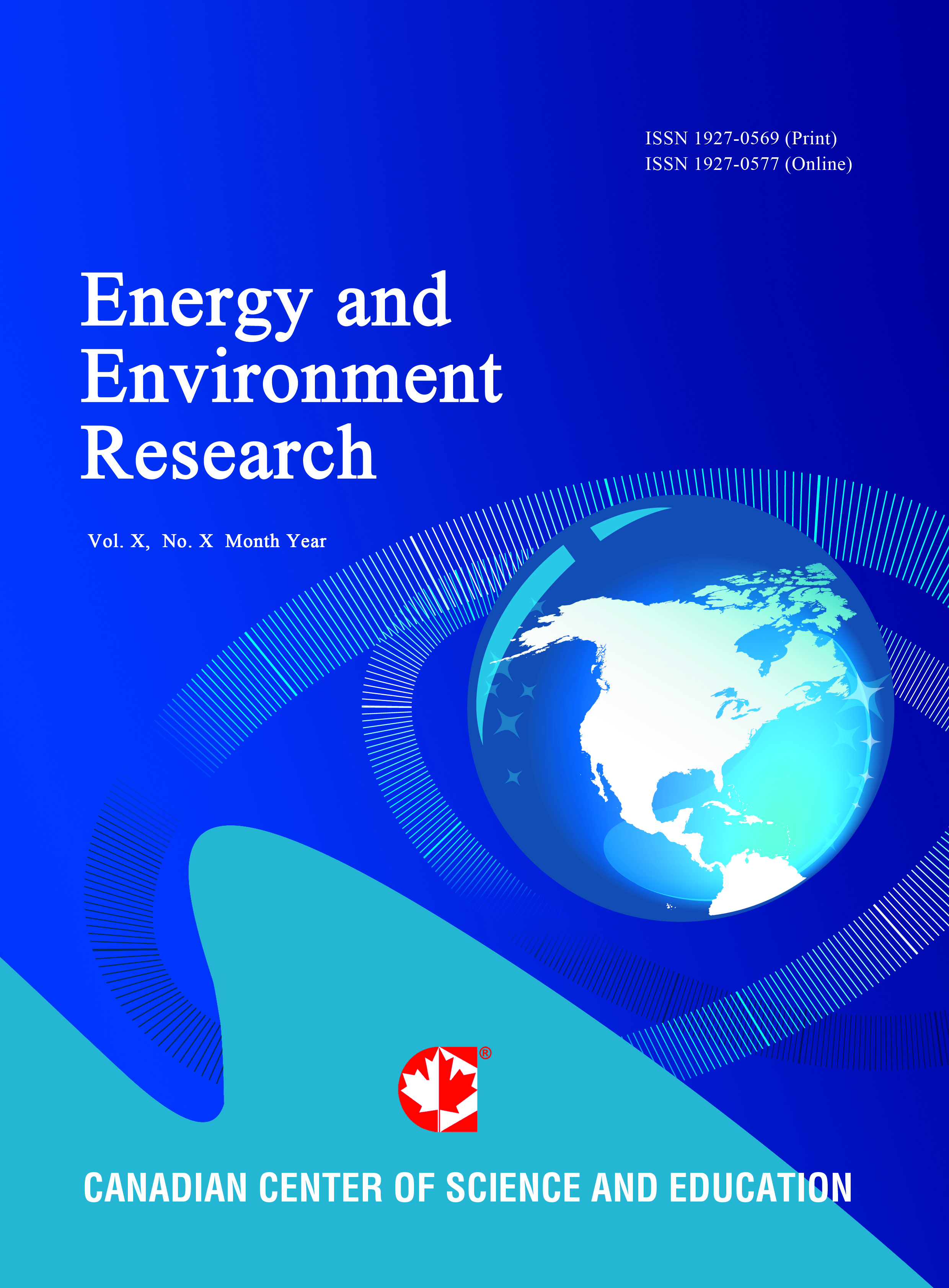Characterization of Inorganic Elements in Woody Biomass Bottom Ash from a Fixed-bed Combustion System, a Downdraft Gasifier and a Wood Pellet Burner by Fractionation
- Adrian. James
- Steve Helle
- Ronald Thring
- Gurkaran Sarohia
- P. Rutherford
Abstract
The direct combustion of biomass residues produces large quantities of bottom ash. Environmental sustainable management requires that ash recycling should be carried out whenever possible. Suitable applications of bottom ash are based predominantly on its chemical properties. The presence of major ash forming and trace elements along with other intrinsic properties unique to bottom ash, suggest its potential as a soil additive. But, ash quality must be of a high standard to prevent environmental pollution. This comparative study characterizes bottom ash obtained from three types of bioenergy systems - a fixed-bed boiler, a downdraft gasifier and a wood pellet burner. The chemical properties were analyzed and discussed for each bottom ash, together with their respective particle fractions that were obtained by sieving. The pH of the starting ash samples for the gasifier, boiler and pellet burner were 10.36, 12.49 and 13.46, respectively. Ni with a concentration of 229 mg/kg in the pellet burner ash, exceeded the maximum limit for soil amendments (in British Columbia, Canada) within the particle size fraction ? 850 µm but < 2000. All samples were significantly enriched in both Ca (50-61%) and K (10-26%). The elements Mg, Al, Mn, Fe, P and Na each contributed 10% or less to the inorganic portion of the ash. Concentrations of inorganic contents varied with particle size. Water soluble phosphates were very low in the samples. The results suggest that size fraction separation can be a useful method to isolate fractions containing higher (or lower) amounts of some metals. This method may be a useful technique for managing ash that contains elements exceeding environmental limits.
- Full Text:
 PDF
PDF
- DOI:10.5539/eer.v4n1p85
Journal Metrics
(The data was calculated based on Google Scholar Citations)
h-index (July 2022): 19
i10-index (July 2022): 53
h5-index (July 2022): N/A
h5-median(July 2022): N/A
Index
- BASE (Bielefeld Academic Search Engine)
- CiteFactor
- CNKI Scholar
- Elektronische Zeitschriftenbibliothek (EZB)
- Excellence in Research for Australia (ERA)
- Genamics JournalSeek
- Google Scholar
- NewJour
- Norwegian Centre for Research Data (NSD)
- PKP Open Archives Harvester
- Publons
- ROAD
- SHERPA/RoMEO
- Standard Periodical Directory
- Ulrich's
- Universe Digital Library
- WorldCat
Contact
- Lesley LuoEditorial Assistant
- eer@ccsenet.org
